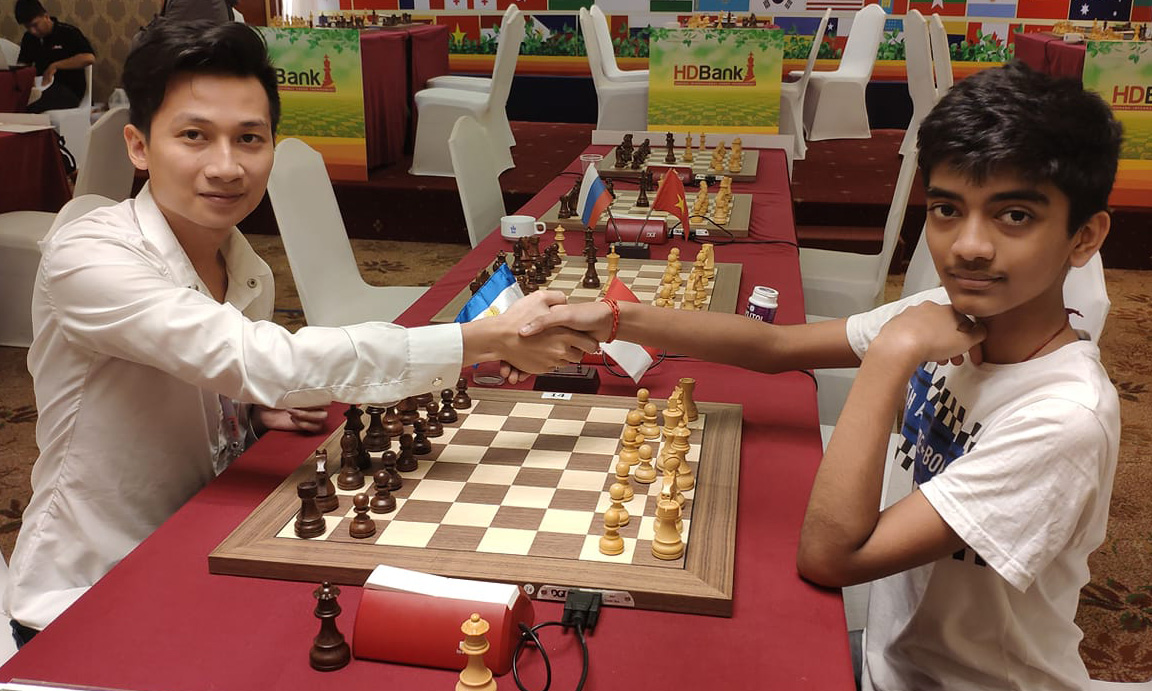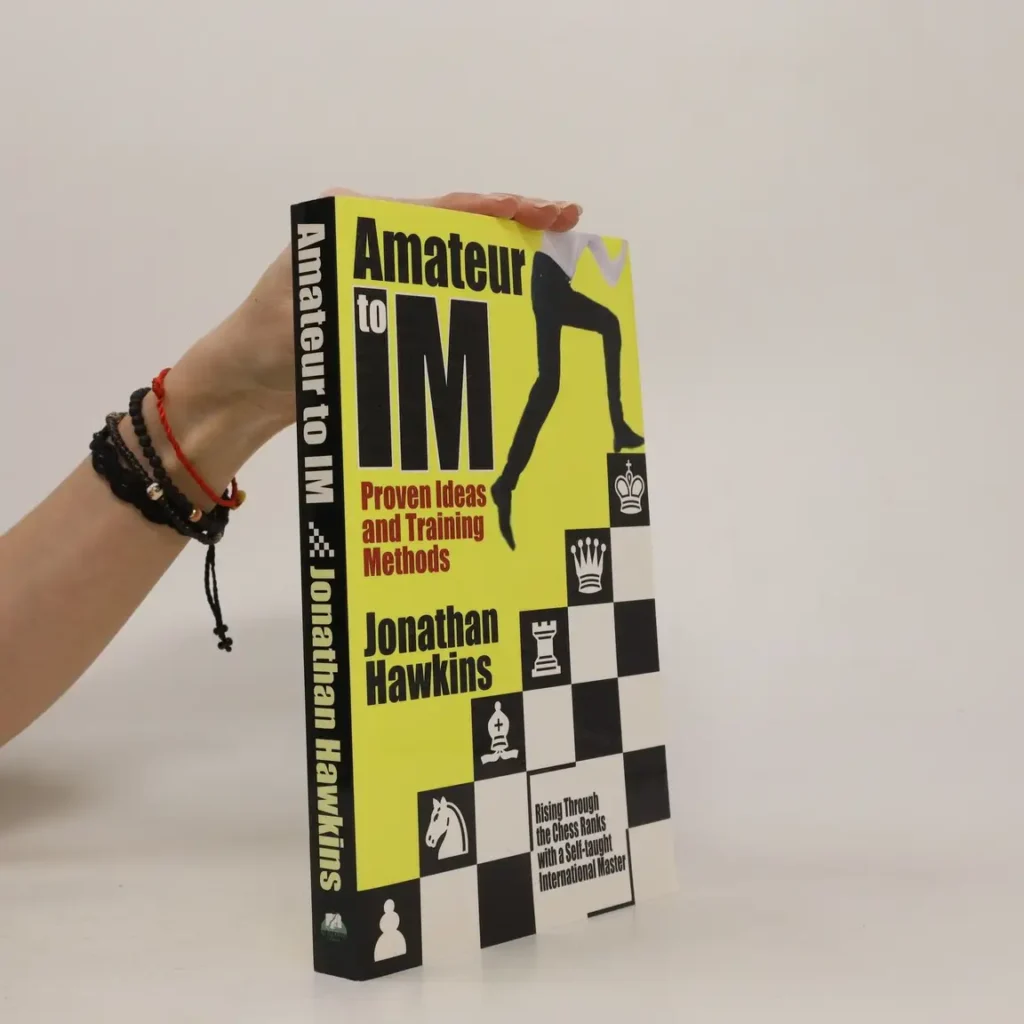Amateur to IM by Jonathan Hawkins is a 372-page endgame and thinking workbook that helped the author gain 400 Elo. Read our full review to learn what you’ll actually learn, which chapters matter most, real reader experiences, and whether it’s worth buying in 2025.
1. Content Overview
What it’s about.
Amateur to IM is Jonathan Hawkins’s practical guide to thinking in the endgame. It mixes technical endgame theory with planning, calculation methods, and training habits. Hawkins writes as a student who became a professional. He shows what he studied, how he practiced, and why it worked.
Author credentials.
Jonathan Hawkins is an English IM who later achieved GM norms and strong tournament results. The book grows out of his personal study log and tournament experience.
Format & details.
- Publisher. Mongoose Press.
- Pages. 372 (ebook / paperback options).
- Release date. April 1, 2013.
- Level. Intermediate to advanced club players.
- Focus. Endgames, planning, practical technique, and training exercises.
2. Intro hook
If you want to stop losing “won” games in the endgame, this book is for you. Hawkins argues the endgame is where improvement compounds. He learned this the hard way. He shares the steps he used to go from average tournament player to near-GM strength. The result is a book that teaches how to think, not just what moves to memorize.
3. What You’ll Learn
- How to calculate with a clear goal in mind.
- Key squares and opposition in pawn endings.
- Practical methods for rook endgames: Lucena, Philidor, building a bridge.
- How to create and execute “little plans” in simplified positions.
- How to convert small positional edges, and avoid mechanical mistakes.
- How to study endgames actively: play positions first, analyze later.
- Training routines and mindset that produced Hawkins’s gains.
4. Best Chapters & Key Ideas
Here are the chapters readers return to most often, and why they matter.
Lesson: Reference Points in Calculation.
Teaches how to calculate toward a goal. You don’t calculate aimlessly. You calculate to create or refute a plan.
Capablanca’s Pawn Endgame (Lesson 3).
Combines planning with calculation. Shows classical ideas in modern practice. Great for building intuition on pawn races.
Step by Step – A Guide to Little Plans.
Explains how small, consistent plans beat sporadic tactics. This chapter is a manual for practical thinking in simplified positions.
Essential Rook Endgames (Lesson 5).
Covers Lucena and Philidor, bridge building, cutting the king, and checking distance geometry. If you play serious games, mastering these saves points.
Bishop and Pawn Connections; Opposite-Colored Bishop Endings.
Teaches fortress ideas and dynamic defense. Uses contemporary illustrative games to show why “drawish” endings still hide winning chances.
Endgame Explorations.
The second half contains deep practical games and “tabiyas” (typical positions). These sections teach how to use structure and transform advantages.
5. Reader Experience (with quotes)
Readers consistently praise the clarity and usefulness. Many call it one of the few modern books that both instructs and motivates.
“One of the best I’ve read. A few eye openers in it for me — and that’s rare.” — FM ZibbitVideos.
“Jonathan, your book is the only chess book I enjoyed reading. Very well written, even I could understand chess.” — ZeeChess2016.
“I found it very helpful and would fully recommend it.” — Slasher1309 (2100 FIDE).
“It will help you think about chess in a different and more coherent way.” — multiple reader comments.
Users warn it’s not a beginner book:
“Not suitable for most beginners. It’s based on Hawkins’s self-improvement when he was already a strong club player.” — u/HandsomeGhost.
Practical readers say the method sticks:
“Play the positions first; you’ll see gaps in your thinking. Then study the analysis.” — Hawkins (advice echoed by readers).
Overall: readers find the book inspiring, actionable, and often game-saving. Expect effort. Expect results if you study actively.
6. Quotes & Sample Ideas (excerptable quotes to use in your post)
Use these short quotes on social cards or as pull quotes in your blog.
“At some point I became addicted to studying the endgame. I filled notebook after notebook with analysis.” — Jonathan Hawkins.
“Always search for the truth, and never pass something by without understanding it.” — Jonathan Hawkins.
“Play out the annotated endgame positions yourself. Only afterwards study the analysis.” — Jonathan Hawkins.
“Endgames teach you how to think. They are not just the last phase. They reshape your whole approach.” — paraphrase of Hawkins’s aim.
These capture the book’s pedagogy: experiment, reflect, internalize.
7. Who This Book Is For
Buy it if you are:
- A rated club player (approx. 1600–2200) who wants to stop throwing wins away.
- A student who wants structured thinking and training habits.
- Someone who enjoys annotated games and deep examples rather than pure theory dumps.
Don’t buy if you are:
- A complete beginner under 1200 who still needs basics.
- Looking solely for quick tricks or opening novelties.
- Wanting a short, light read. This book requires active study.
8. Strengths & Weaknesses
Strengths.
- Clear, personal voice.
- Practical training advice.
- Deep coverage of instructive endgames with modern examples.
- Encourages active study (play positions, then analyze).
Weaknesses.
- Misleading title: it is heavily endgame-focused, not a complete “amateur to IM” blueprint.
- Some sections are advanced and require prior tactical skill.
- Not a quick-fix. Improvement is gradual and requires practice.
9. Final Verdict
Rating. ★★★★☆ (4.6 / 5)
Amateur to IM is an excellent, practical endgame study for serious club players. It converts theory into thinking. It teaches how to study, not just what to memorize. If you do the work Hawkins recommends, you will see tangible improvement.
👉 Ready to strengthen your endgame and thinking? Grab Amateur to IM on Amazon here (affiliate link) or buy from Forward Chess. Buying through these links supports this site at no extra cost to you.

I’m Xuan Binh, the founder of Attacking Chess, and the Deputy Head of Communications at the Vietnam Chess Federation (VCF). My chess.com and lichess rating is above 2300. Send me a challenge or message via Lichess. Follow me on Twitter (X) or Facebook.

